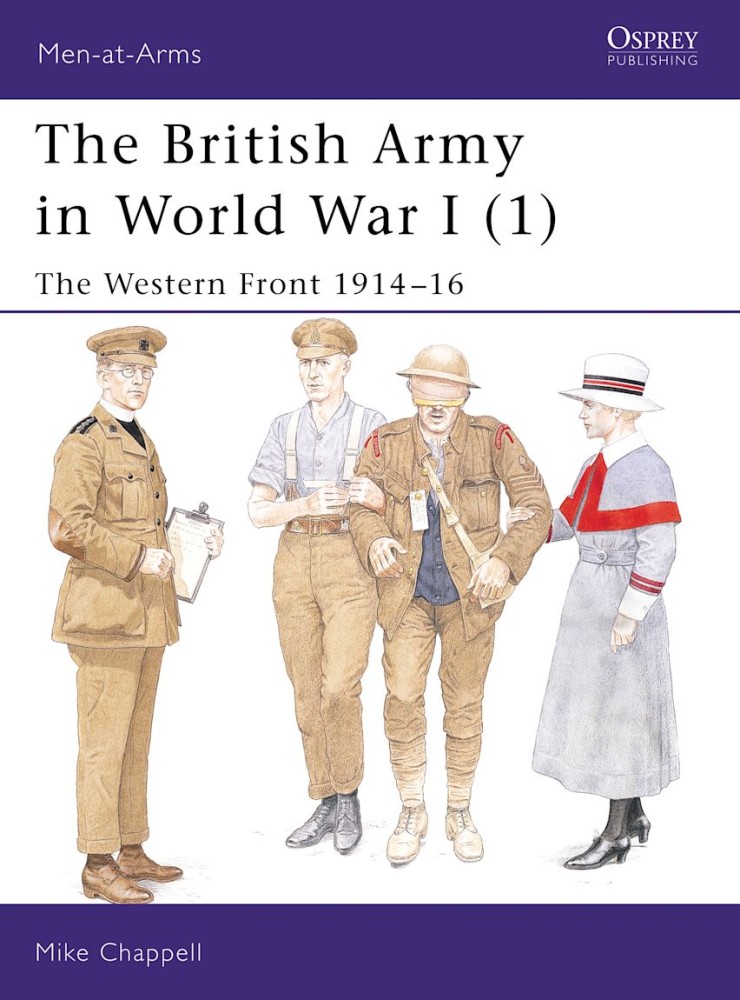The Great War opened with a major reversal for the BEF followed by a daring and epic withdrawal. This book describes these dramatic events.
At the outbreak of World War I in August 1914 the British Army was unique: it was a small force raised entirely by voluntary recruitment. The first campaigns of the British Expeditionary Force brought admiration from the enemy, but by the end of 1914 it had been virtually eliminated. Kitchener's call for new volunteers drew such a patriotic response that by mid-1916 the BEF had grown to 55 divisions. This book explains and llustrates the uniform, equipment and organization of the British Army up to the end of the battle of the Somme.
The East African Campaign in World War I comprised a series of battles and guerrilla actions which began in German East Africa in 1914 and spread to portions of Portuguese Mozambique, northern Rhodesia, British East Africa, the Uganda Protectorate, and the Belgian Congo. German colonial forces under Lieutenant-Colonel Paul von Lettow-Vorbeck attempt to divert Allied forces from the Western Front. Despite the efforts of the Allied forces, Lettow-Vorbeck's troops remained undefeated at the end of the war.
In this fascinating work, David Smith documents how a wide array of British, Indian, South African, Belgian, Portuguese and local native forces invaded German East Africa and slowly ousted the German forces, a process made tortuous by Lettow-Vorbeck's masterful management of the campaign. Among the events covered in this work are the Battle of Tanga, the scuttling of the Königsberg, the German railway campaign, and the battles at Salaita Hill, Kondoa-Irangi, Mahenge, Mahiwa and Namacurra.
Colourful period and specially commissioned illustrations bring to life a wide-ranging and eventful campaign in which a high price was extracted for every inch of ground given up.



